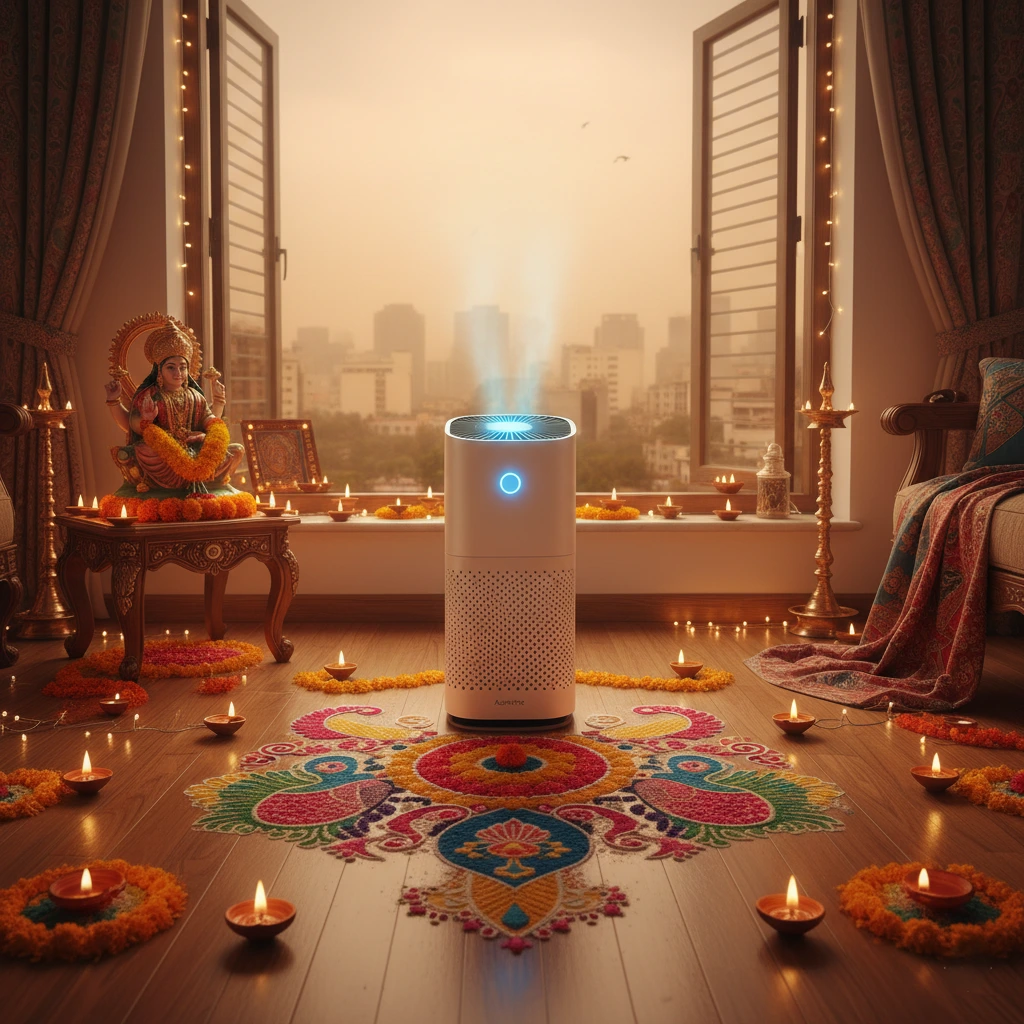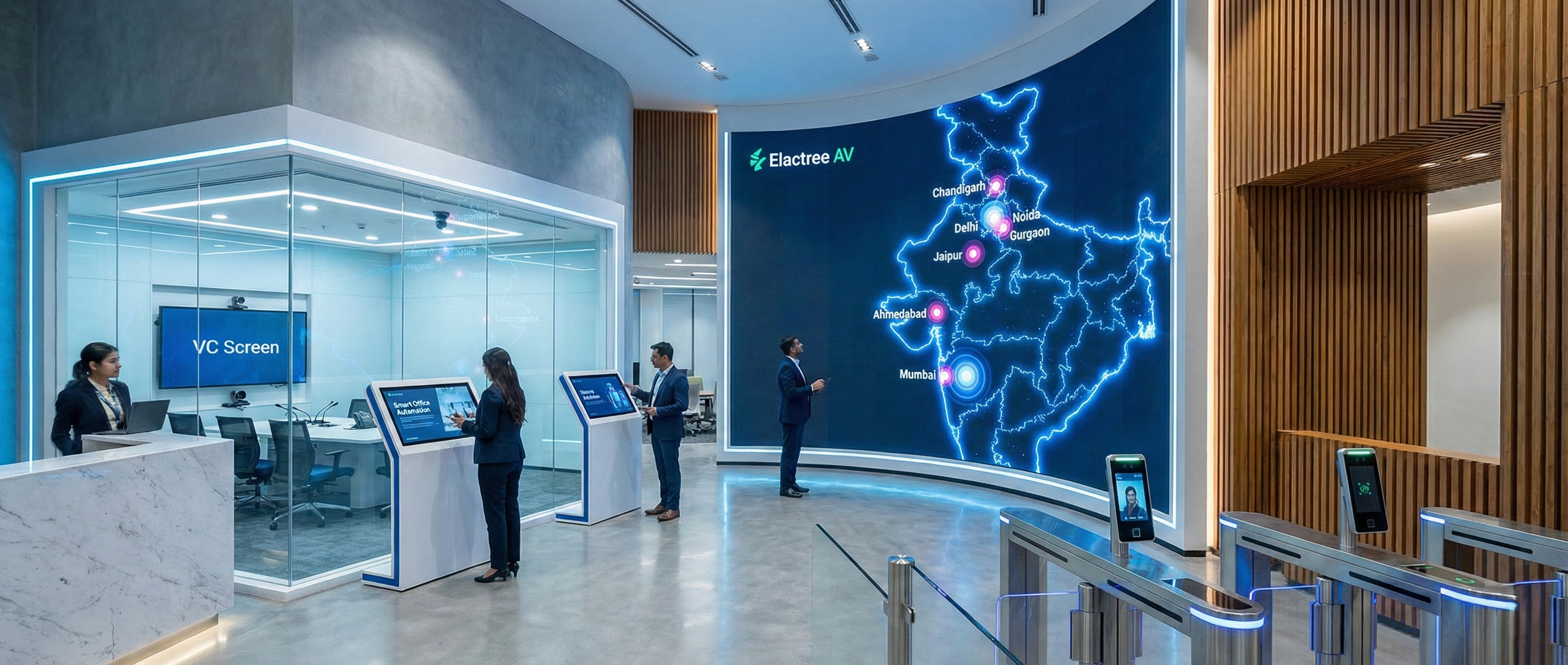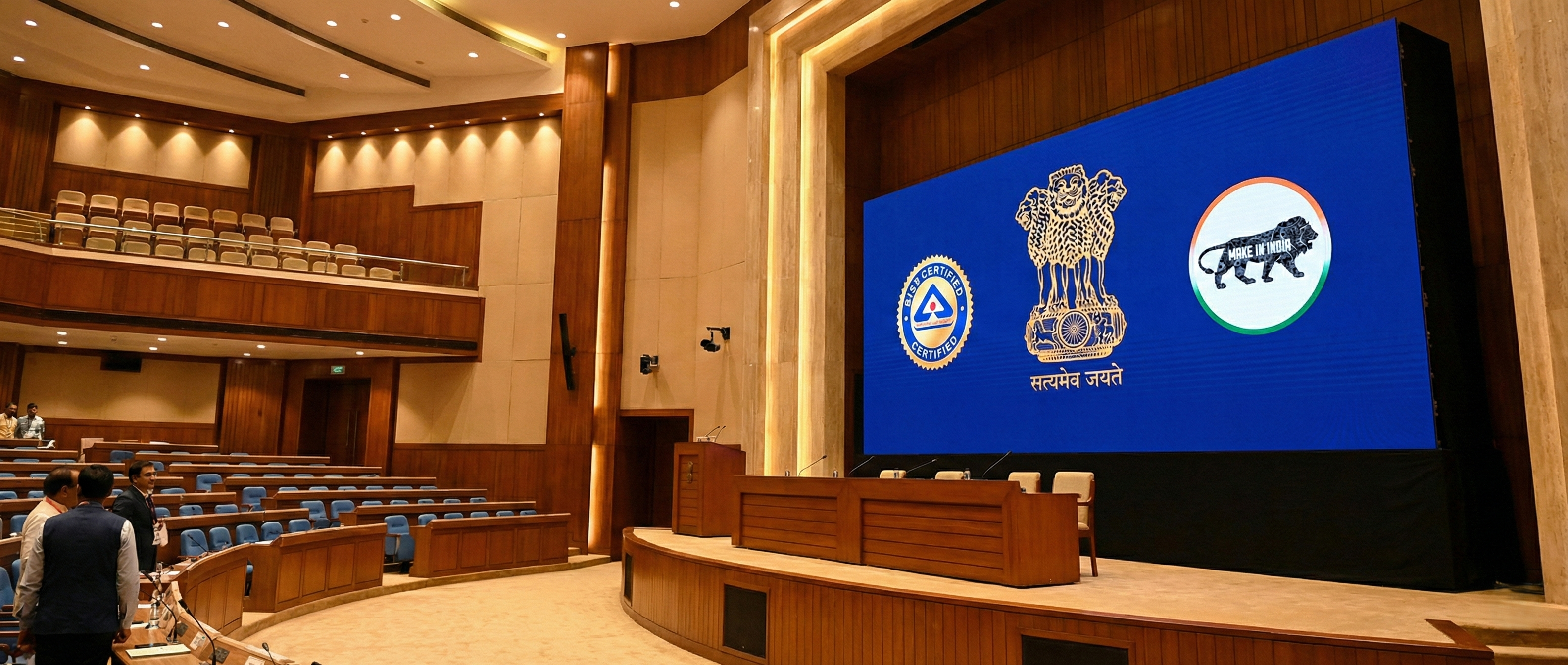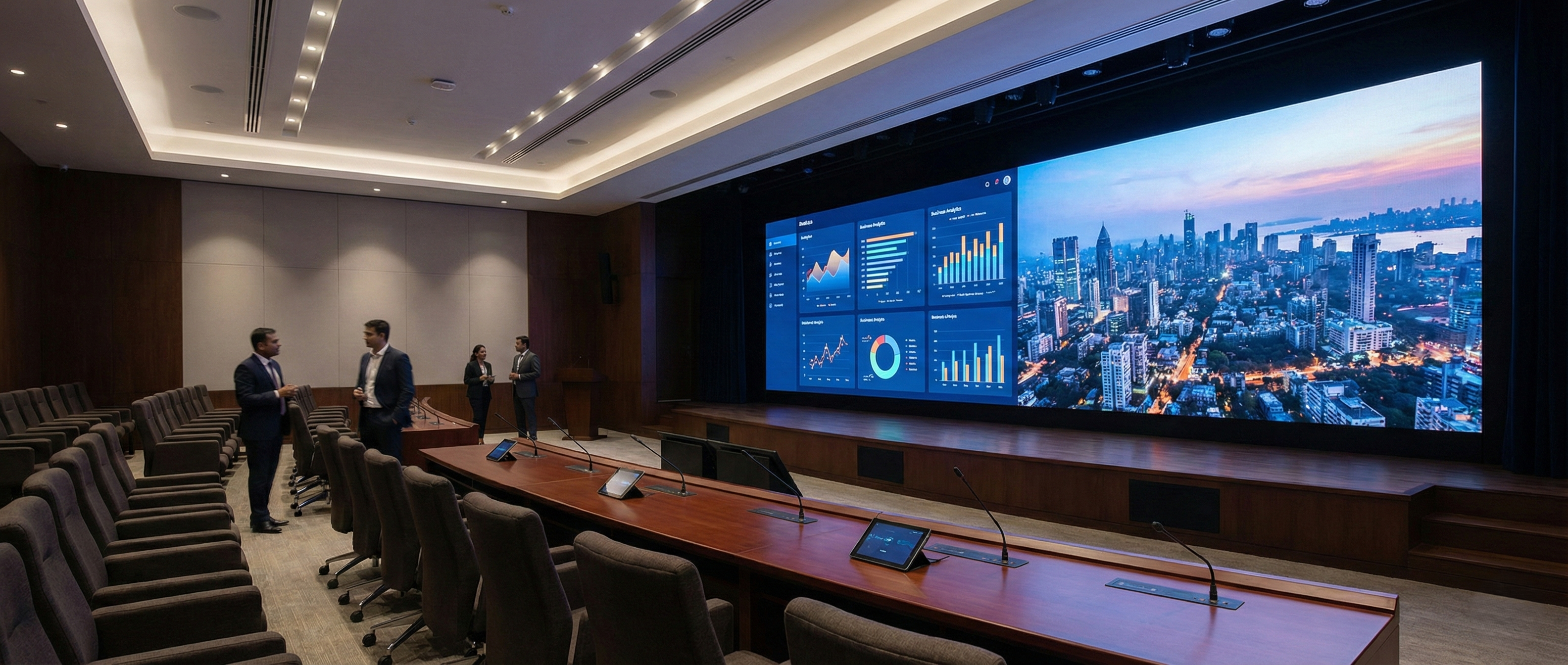The festive season in Delhi NCR is a time of joy, lights, and family gatherings. But for many, the anticipation of Diwali is tempered by a familiar concern: the drastic deterioration of air quality. As the city lights up, a thick blanket of smog descends, making every breath a health risk. This year, as the pollution levels are expected to spike to 'Severe' and 'Hazardous' categories, the conversation has shifted from celebrating outdoors to protecting our indoor spaces. This is why a new kind of gadget is taking center stage, transforming from a luxury appliance into an absolute necessity.
More than just a gadget, the air purifier is emerging as the most crucial home appliance for anyone living in the Delhi-National Capital Region. It’s no longer a question of "if" but "when" you should get one. The combination of firecracker smoke, crop stubble burning, and adverse weather conditions creates a toxic cocktail of pollutants. While the government implements measures like the Graded Response Action Plan (GRAP), individual action is paramount. An air purifier offers a powerful, immediate solution to a problem that affects our health on a molecular level. This Diwali, a shiny new car or smartphone might turn heads, but an air purifier is the one gadget that will truly improve your quality of life.
The Unspoken Reality: Why Delhi's Air Pollution is a Year-Round Problem (With a Diwali Peak)
While Diwali serves as a catalyst for a sudden, dramatic spike in pollution, the truth is that Delhi NCR grapples with poor air quality for a significant part of the year. The Central Pollution Control Board (CPCB) data consistently shows that from October to February, the Air Quality Index (AQI) often lingers in the 'Poor,' 'Very Poor,' and 'Severe' categories. The city's geography, combined with low wind speeds and high humidity during these months, traps pollutants near the surface, creating the notorious "Delhi Smog."
The sources of this pollution are multifaceted:
Vehicular Emissions: Delhi has one of the highest densities of vehicles in the country, a major contributor to Particulate Matter (PM) and Nitrogen Oxides (NOx).
Industrial and Construction Activities: Dust from large-scale construction sites and emissions from industrial zones are significant contributors.
Agricultural Stubble Burning: The annual practice of crop stubble burning in neighboring states of Punjab and Haryana in October and November adds a massive influx of smoke and PM2.5 particles to Delhi's air.
Diwali Firecrackers: Despite government bans, the bursting of firecrackers releases a dangerous mix of toxic gases and fine particulate matter (PM2.5 and PM10), causing an immediate and sharp increase in air pollution levels.
According to a report by the Delhi Pollution Control Committee (DPCC), the AQI on the day after Diwali has historically shown a significant spike. For instance, a comparison of data from previous years reveals that PM2.5 and PM10 concentrations can increase by over 40% immediately following the festival. This is where an indoor air purifier becomes a vital health shield.
How an Air Purifier Fights the Smog Monster Inside Your Home
An air purifier is a sophisticated device that works by drawing in indoor air and passing it through a series of filters to remove pollutants. It’s not just about removing dust; modern air purifiers are designed to tackle the most dangerous and invisible threats.
The Multi-Stage Filtration System: Your Indoor Air Army
A high-quality air purifier uses a multi-stage filtration system to ensure comprehensive purification. Here’s a breakdown of the key components:
Pre-Filter: This is the first line of defense. It captures large particles like dust, hair, and pet dander. Cleaning or replacing the pre-filter regularly can extend the life of the more expensive HEPA filter.
Activated Carbon Filter: This filter is a game-changer for tackling gases and odors. Its porous surface absorbs volatile organic compounds (VOCs), harmful gases (like sulphur dioxide and nitrogen dioxide from firecrackers), and unpleasant smells from cooking, smoke, or paint.
True HEPA Filter: This is the heart of a good air purifier. A "True HEPA" filter is a non-negotiable feature for Delhi's pollution. It is certified to trap 99.97% of airborne particles as small as 0.3 microns, including the ultra-fine and dangerous PM2.5 particles, pollen, mold spores, and bacteria.
Many advanced models also include additional stages like an ionizer to clump particles together for easier capture or UV-C light to kill airborne germs and viruses.
Choosing the Right Air Purifier for Your Delhi NCR Home
With a plethora of brands like Philips, Dyson, Honeywell, Coway, and Eureka Forbes in the market, selecting the right air purifier can be overwhelming. Here are the key factors to consider:
Clean Air Delivery Rate (CADR): This is the most important metric. CADR indicates how quickly an air purifier can clean the air in a specific room size. It’s measured in cubic meters per hour (m³/hr) or cubic feet per minute (CFM). For Delhi's high pollution levels, a higher CADR is always better. Experts recommend a CADR of at least 200 m³/hr for a medium-sized room (around 200 sq. ft.).
Room Coverage Area: Ensure the purifier's coverage area matches your room size. A small purifier in a large living room will be ineffective.
Noise Level: An air purifier needs to run continuously, especially at night. Look for models with a low decibel (dB) rating, particularly on "sleep mode," so it doesn't disturb your rest.
Filter Life and Replacement Costs: A key mistake is overlooking the long-term maintenance costs. The efficacy of an air purifier hinges on regular filter replacement. Check the cost and availability of replacement filters and their expected lifespan, which can be as short as 3-6 months during peak pollution season in Delhi.
Smart Features: Features like a real-time air quality indicator, app control, and auto-mode (which adjusts fan speed based on pollution levels) can greatly enhance the user experience and ensure optimal performance.
Health Benefits Beyond Breathing Easier
Investing in an air purifier for your Delhi NCR home this Diwali is not just about avoiding a cough. The health benefits are profound and far-reaching:
Alleviates Respiratory Issues: For the 2.2 million children in Delhi with irreversible lung damage and the countless adults suffering from asthma, COPD, and bronchitis, an air purifier can provide much-needed relief from wheezing, chest tightness, and breathlessness.
Protects from PM2.5: PM2.5 particles are so small they can penetrate deep into your lungs and even enter your bloodstream. They are linked to a host of serious health conditions, including cardiovascular diseases, strokes, and even cancer. A HEPA filter is your best defense.
Reduces Allergies and Pet Dander: An air purifier effectively removes common allergens like pollen, dust mites, and pet dander, making it a godsend for allergy sufferers.
Improves Sleep Quality: By removing pollutants and allergens, an air purifier creates a cleaner, more comfortable sleeping environment, leading to better rest and overall well-being.
Eliminates Unpleasant Odors: From cooking smells to the lingering odor of firecracker smoke, the activated carbon filter can neutralize a wide range of household smells.
Why This Diwali is Different: A Call to Action
The traditional narrative of Diwali in Delhi has changed. With increasing public awareness and access to real-time AQI data, residents are taking their health into their own hands. The conversations are no longer about "what the government is doing" but "what we can do for ourselves and our families." This shift in consumer behavior is driving the unprecedented demand for air purifiers.
Retailers are already seeing a massive surge in sales leading up to the festive season. E-commerce giants are offering attractive deals and discounts on top brands, making it easier than ever to invest in a healthier home environment. From affordable models for bedrooms to high-performance units for large living spaces, there is an air purifier for every need and budget.
This Diwali, let your celebrations be a symbol of a brighter, healthier future. A future where you don’t have to check the AQI app with dread before stepping outside. The hottest gadget this festive season won't be a smartphone or a smart TV. It will be the one device that silently, powerfully, and effectively works to give you and your family the most precious gift of all: the gift of clean air.
Frequently Asked Questions (FAQs)
Q1: How effective are air purifiers against Diwali pollution in Delhi? A: Air purifiers with a True HEPA filter are highly effective against Diwali pollution. They can capture over 99.97% of fine particulate matter (PM2.5), which is a major component of firecracker smoke and smog. By trapping these harmful particles, they significantly improve indoor air quality, providing a safe haven from the outside pollution.
Q2: Should I keep my air purifier on all day and night during Diwali? A: Yes, it is highly recommended to run your air purifier continuously, especially during the peak pollution period around Diwali. Keeping windows and doors closed will also maximize its effectiveness by preventing polluted air from entering your home.
Q3: Is a HEPA filter enough for Delhi's pollution? A: A True HEPA filter is essential for removing fine particles like PM2.5. However, for a comprehensive solution in Delhi's environment, it's crucial to choose a model that also includes an activated carbon filter. This second filter is vital for absorbing harmful gases and odors from sources like firecrackers and stubble burning.
Q4: How often do I need to change the air purifier filters in Delhi? A: In a high-pollution environment like Delhi, filters may need more frequent replacement than recommended by the manufacturer. While a general guideline is to replace HEPA filters every 6-12 months and activated carbon filters every 3-6 months, it's best to rely on your purifier's filter replacement indicator or a noticeable drop in performance.
Q5: Can an air purifier help with my asthma and allergies? A: Absolutely. Air purifiers are a critical tool for managing asthma and allergy symptoms. By removing airborne triggers like pollen, dust mites, pet dander, and mold spores, they can significantly reduce the frequency and severity of allergic reactions and asthma attacks, allowing you to breathe easier and feel better.
Conclusion: The Smartest Purchase of the Season
This Diwali, as you prepare to celebrate with lights and laughter, remember that true happiness comes from a place of health and security. The rising concern over Delhi's air quality has made the air purifier an indispensable household item. It is a proactive step, a shield against the invisible enemy that threatens our well-being. By choosing to invest in an air purifier, you are not just buying a gadget; you are buying peace of mind. You are protecting your loved ones, safeguarding your health, and ensuring that the festival of lights truly brings brightness, not just to your home, but to the very air you breathe.
Ready to breathe clean this Diwali? Explore our comprehensive guide on [Best Air Purifiers for Indian Homes] to find the perfect model for your needs.
Further Reading & External Resources:
World Health Organization (WHO) Air Quality Guidelines: [link to WHO website]
Central Pollution Control Board (CPCB) India: [link to CPCB website]
SAFAR India for real-time air quality data: [link to SAFAR India website]





